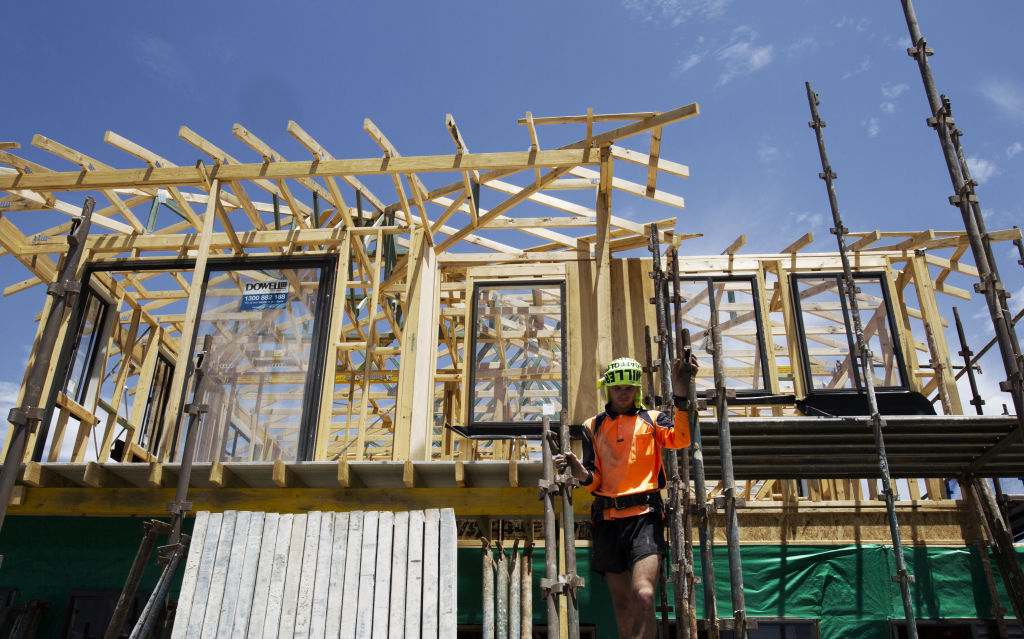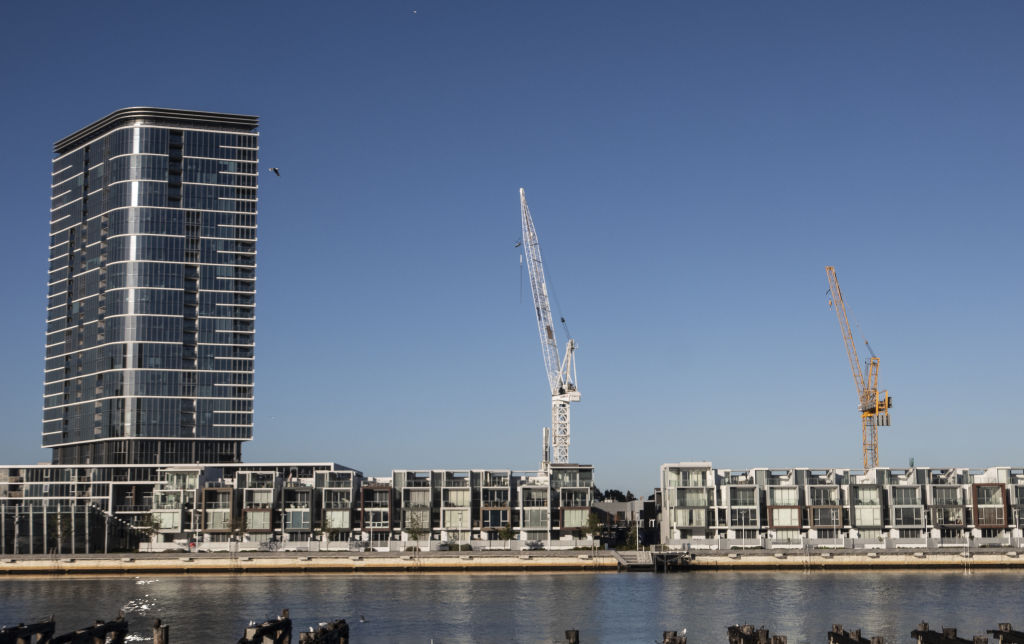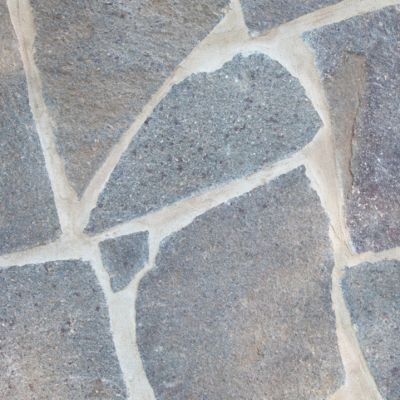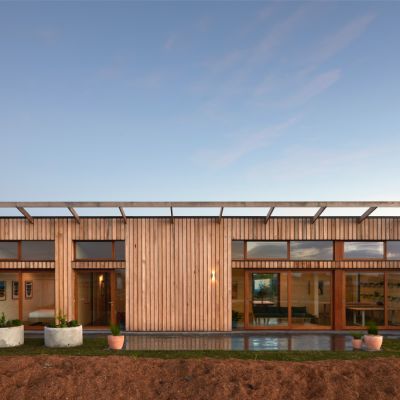Newly-built houses produce more than five times more carbon than they should: study
A new-build home produces more than five times more carbon dioxide than it should to meet the 2-degree Paris climate target, research warns.
Medium-density housing provides the best emissions outcomes when compared to apartments and detached housing, which was the worst for the environment by far.
A new detached house would produce 283 tonnes of CO2 over its 90-year lifetime, a study at New Zealand’s Massey University found.
The budget to keep within 2 degrees of warming is just 50 tonnes.
“We worked out what carbon budget could be applied to new buildings and then we worked out how much building a new house emits,” study co-author Chanjief Chandrakumar said. “The emissions are five times higher than the budget.”
The study was mostly transferable to Australia, except that the emissions would be higher here, Dr Chandrakumar said.
The materials used in Australian houses were much the same as those in New Zealand, he said, but the carbon cost of energy use on this side of the Tasman was much higher.
“I expect when you do the same study, the emissions will be much higher in Australia because you use a lot of coal power,” Dr Chandrakumar said. “Of course, to reduce the operational emissions, the best way is to transition into renewables.”
The operational costs – the energy needed to heat, cool, light and run appliances in a home – were the biggest polluter.

The costs of ongoing energy use were particularly bad for detached houses, which in Australia and New Zealand are some of the largest by area in the world, coupled with some of the lowest occupancy rates.
In New Zealand, it’s an average of 2.7 people per detached house. It’s lower in Australia at 2.55.
Because apartments and medium density houses were much smaller by area, they were better suited for the rate of occupancy and were, therefore, more energy-efficient, Dr Chandrakumar said.
In yet to published research, he also found medium-density housing to be more efficient in its construction than either detached houses or apartments.
Apartments use significant amounts of steel, and have similar emissions to detached houses in the building process, he said.
The total emissions for a lifespan of 90 years were 167 tonnes per medium-density home, compared to 262 for an apartment.

Grattan Institute fellow Brendan Coates said medium-density housing was already known to have advantages over detached housing.
“Jesus, where do you start? It would make housing more affordable in the inner cities; it’s more in line with what people actually want,” he said. “And it helps support social equality because people have more access to existing infrastructure.”
Mr Coates said he agreed with the premise of the study, but would like to see another done for Australian homes.
“It’s true that medium-density housing will be more carbon-efficient than building on the urban fringe and there are big savings in transportation in particular,” he said. “And it’s just one more reason why we should be trying to get more housing in the medium and inner rings.”
Trivess Moore of RMIT’s Sustainable Building Innovation Laboratory said Australia needed to improve carbon efficiency in the construction sector, and in energy use in houses.
“We’re significantly behind in Australia when it comes to minimum standards and best practice,” Dr Moore said. “They are only built to a minimal standard already, which means you need heating and cooling to maintain thermal comfort.”
With consultation underway on an update to national building codes, Dr Moore hopes to see a lift in national energy efficiency standards.
We recommend
We thought you might like
States
Capital Cities
Capital Cities - Rentals
Popular Areas
Allhomes
More










